In busload after busload they arrived. 3,200 young people from eastern and central districts of Nepal, Bhutan, Sikkim and Darjeeling region of India travelled in groups to participate in the Biratnagar youth conference in Nepal from 18 to 20 October. Eventually, in every corner of the conference venue, youth in high spirits were singing, laughing, becoming friends, and anticipating the fruits of their consultations.
Many were new to the community-building process in their neighbourhoods and villages, and had been invited by friends and neighbours. As they consulted about the profound concepts in the conference materials, everyone developed a deeper appreciation of the special characteristics and responsibilities of the period of youth. One said, “We, the youth, are the future of the nation, therefore it is our responsibility to advance ourselves and the society we live in.” Another said, “Youth have an important role to play in the advancement of society, and with this responsibility comes a great challenge, especially to be a worthy role model for others.”
“Youth have an important role to play in the advancement of society, and with this responsibility comes a great challenge, especially to be a worthy role model for others.”
A participant at the conference
Participants also explored the need for individuals to join together and support one another in their efforts to serve humanity. “Our responsibility is significant and it cannot be achieved by one person alone—we need collective action,” said one. Another gave the following example: “For a village to be beautiful, it is not enough for a single house to be beautiful, but all the homes must be beautiful. In order to achieve this, the whole village must organize and cooperate to make it a beautiful place for all.” Further, the youth reflected on the nature of a vibrant, growing community that encourages the participation of all its members. “We need a community, but it also needs unity because if a group doesn’t have mutual understanding and support we cannot reach our goals.”
In their discussions they delved deeply into how young people can offer selfless service to help their communities advance. “We should engage in service without seeking or expecting reward in return, but out of a strong desire from deep in our hearts. Then we will be able to truly serve our community and society,” one participant said. “We should all develop a common interest to work for bringing positive changes to the communities we live in and to the world at large,” said another. “Youth can be a catalyst for change. For example, the discriminatory traditions of caste and untouchability have been accepted and practised for generations. But the efforts of youth can help others realize that such beliefs are not conducive to progress.”
The school principal, and chairperson of the foundation that owns the school at which the conference was held, attended the final plenary. The chairperson mentioned he had visited the conference every day and was struck by the behaviour of the participants—amazed to see such a large number of youth all in circles, studying intently in focused silence. He expressed his confidence that engagement with the materials will transform their lives and they, in turn, will transform the life of their community. Even the school security guards could be seen quietly reading the conference booklets, struck by what the youth had diligently studied and consulted on throughout the three days.
The arts presentations in the evening plenaries included musical performances, skits, and traditional Nepali dances. A month before the conference, the youth from each region had prepared songs based on the themes of the conference materials and these were sung joyously throughout their time together. The environment was such that all felt empowered to contribute. Even those who may have felt shy in the past freely shared insights and artistic presentations with their peers. All felt a deeper sense of purpose to work side by side, ready to return home and apply their insights toward progress in their communities.
Return to top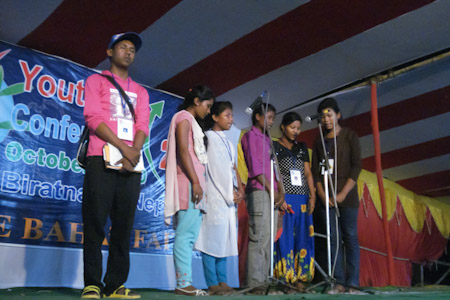
Devotional programmes at the beginning of each session assisted in creating an uplifting atmosphere
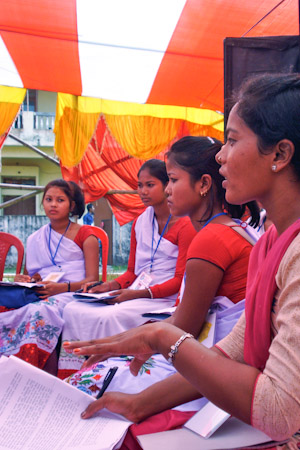
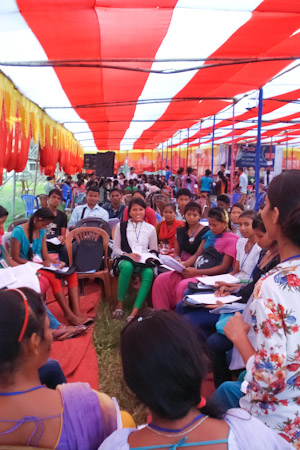
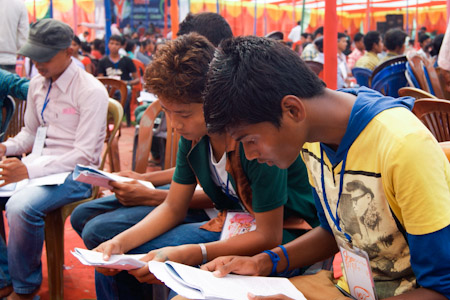
Youth from the same communities were grouped together to consult and plan in light of their realities
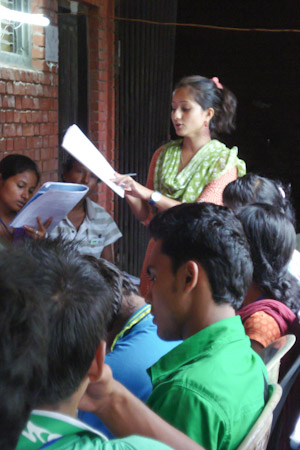
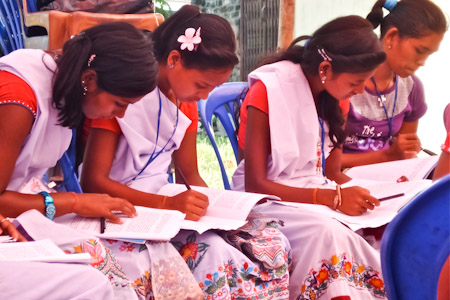
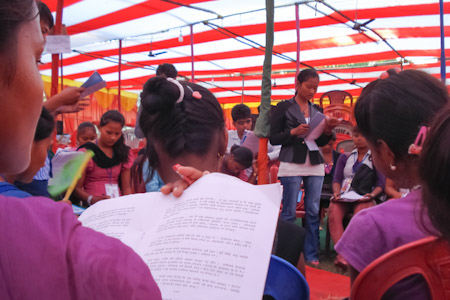
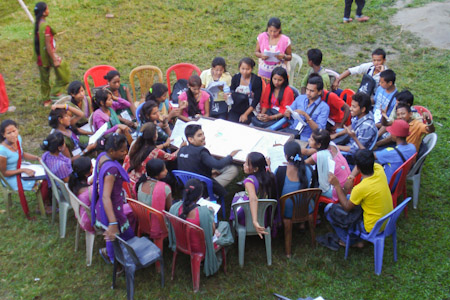
The conference was an opportunity for the participants to reflect together about the contribution they can make to the spiritual and social development of their communities
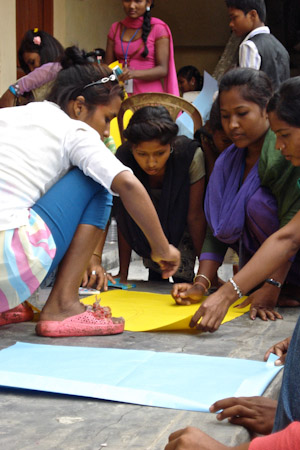
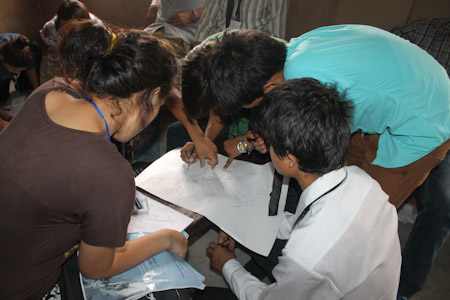
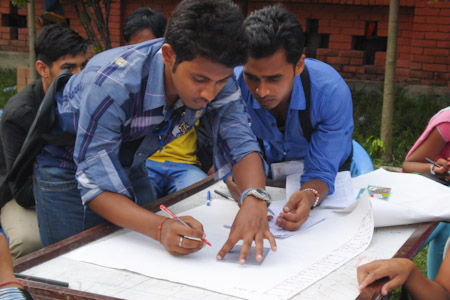
Participants planned ways in which they could continue to contribute to the well-being of their communities upon their return home
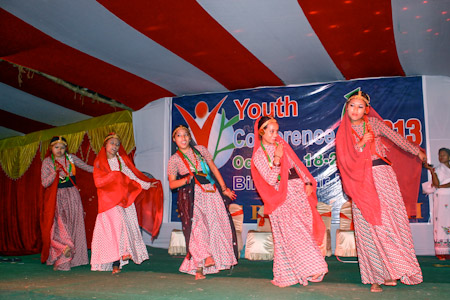
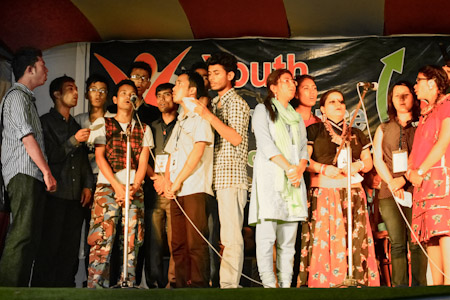
Artistic presentations were shared each night of the conference